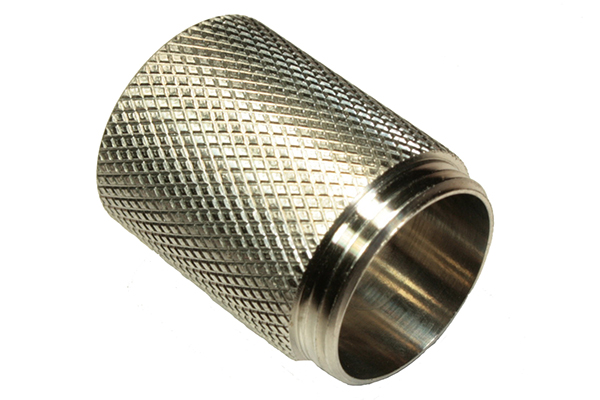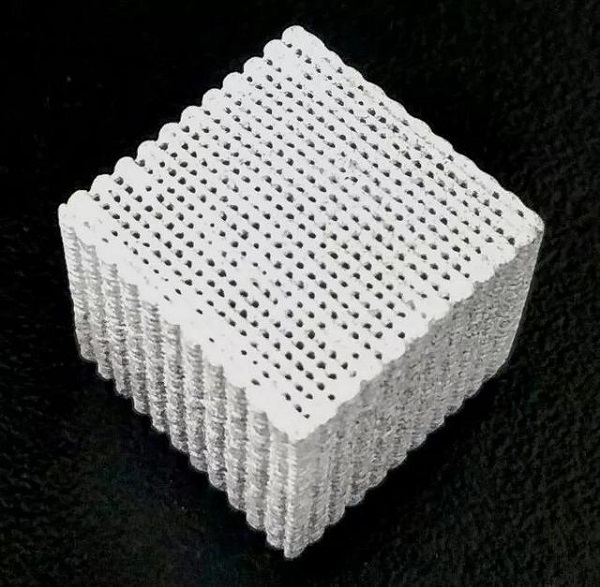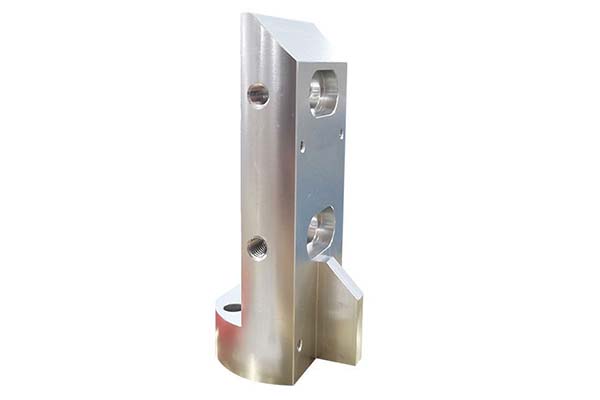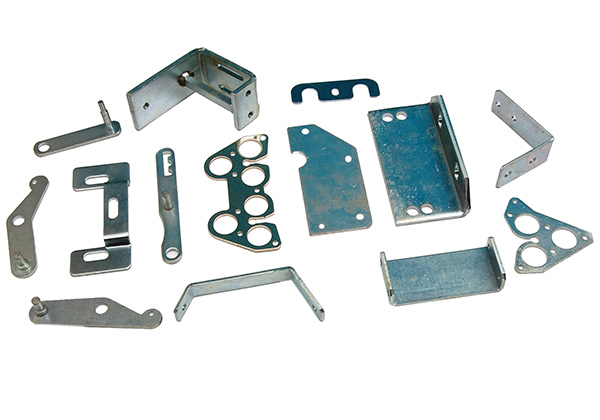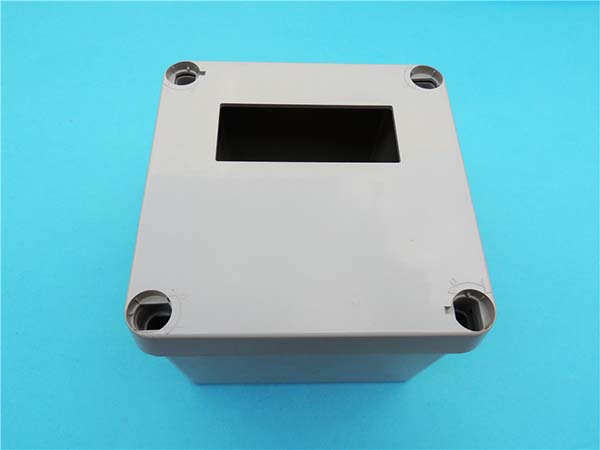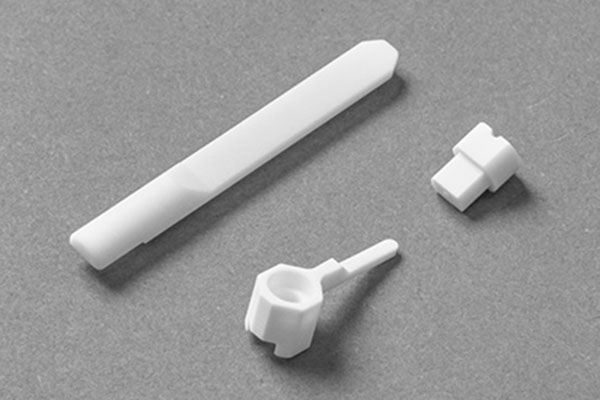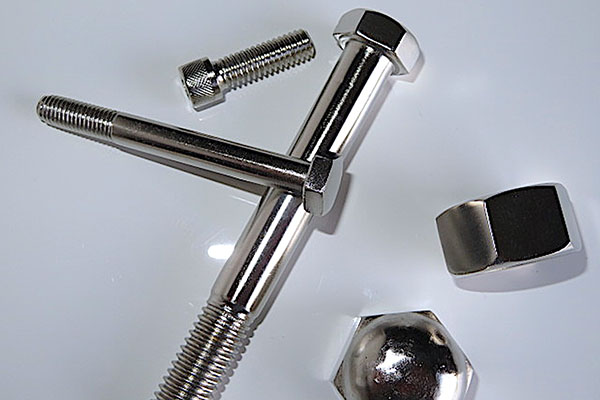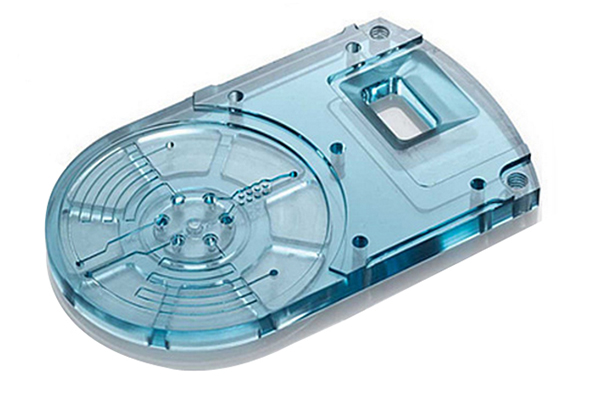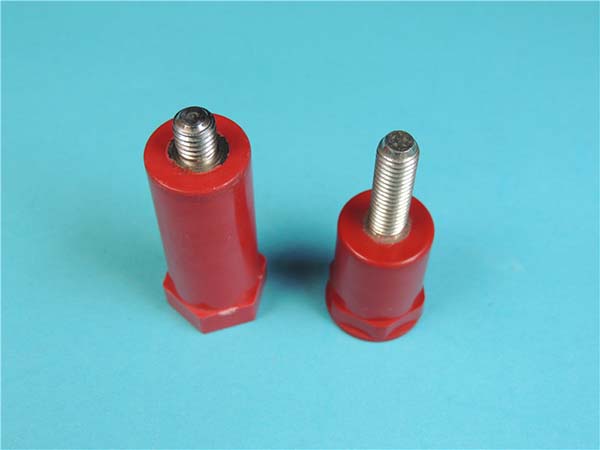1. Introduction: The Power of Speed and Innovation
In today’s fast-paced business landscape, rapid prototyping solutions (RPS) have emerged as a game-changer, enabling companies to accelerate product development, reduce costs, and stay ahead of competitors. By converting digital designs into physical prototypes within hours or days, RPS bridges the gap between innovation and production. This article explores how RPS is reshaping industries, backed by technical advancements, real-world applications, and data-driven insights.
In the past, product development often followed a linear, time-consuming process. Concepts had to be painstakingly translated into blueprints, which were then handed off to manufacturers. This traditional approach was not only slow but also costly, with high risks of errors and miscommunications. For Yigu Technology instance, a consumer electronics company might spend months designing a new smartphone case. By the time the physical prototype was ready, market trends could have shifted, and competitors might have already launched similar products.
However, rapid prototyping solutions have turned this model on its head. RPS leverages advanced technologies like 3D printing, computer - aided design (CAD), and additive manufacturing to create prototypes with unprecedented speed.
2. The Technical Foundations of Rapid Prototyping
2.1 Key Processes Driving Innovation
RPS leverages advanced technologies to create functional prototypes efficiently:
| Technology | Process | Material Types | Precision |
| Fused Deposition Modeling (FDM) | Extrudes melted thermoplastic filament layer by layer. | PLA, ABS, composites | ±0.1mm |
| Selective Laser Sintering (SLS) | Laser sinters powdered materials (e.g., nylon, metal). | Polymers, metals | ±0.05mm |
| Binder Jetting (BJ) | Binder bonds powder particles, followed by sintering for solid parts. | Ceramics, metals | ±0.15mm |
| Stereolithography (SLA) | UV laser cures liquid resin for high-detail prototypes. | Photopolymers | ±0.05mm |
FDM, one of the most widely used 3D printing technologies, is known for its simplicity and cost - effectiveness. It works by heating a spool of thermoplastic filament, such as polylactic acid (PLA) or acrylonitrile butadiene styrene (ABS), and extruding it through a nozzle onto a build platform. The nozzle moves in a two - dimensional pattern, depositing the melted material layer by layer to create the 3D object. For Yigu Technology example, a startup developing a new smartphone accessory can use FDM to quickly create a functional prototype of their design. They can test the fit, ergonomics, and basic functionality of the accessory using a PLA - based prototype printed in a matter of hours.
SLS, on the other hand, is more suitable for creating high - strength prototypes. By using a laser to sinter powdered materials, SLS can produce parts with excellent mechanical properties. A study by the University of Texas found that SLS - printed nylon parts have a tensile strength of up to 45 MPa, making them suitable for applications such as automotive and aerospace prototyping. For instance, an aerospace company might use SLS to create a prototype of a lightweight engine component. The ability to work with metal powders in SLS also allows for the production of complex geometries that are difficult to achieve with traditional manufacturing methods.
Binder Jetting is another important process in RPS. It involves spraying a liquid binder onto a bed of powder materials, layer by layer, to create the desired shape. After the printing process, the green part is typically sintered to increase its strength. This technology is particularly useful for large - scale prototyping and mass customization. A construction company, for example, could use Binder Jetting to create large - scale prototypes of building components, such as custom - designed bricks or architectural ornaments. The process can handle a wide range of materials, including ceramics and metals, and can produce parts with relatively high precision despite its large - scale nature.
SLA is ideal for creating prototypes with high levels of detail. It uses a UV laser to cure a liquid photopolymer resin, layer by layer, to form the 3D object. The resolution of SLA printers can be extremely high, allowing for the creation of fine features and smooth surfaces. A jewelry design studio, for example, can use SLA to create highly detailed wax - like prototypes of their jewelry designs. These prototypes can then be used for casting high - quality metal jewelry pieces, with the SLA - printed prototype accurately capturing every intricate detail of the design.
2.2 Material Advancements
Modern RPS materials balance durability and versatility:
- Carbon - Fiber - Reinforced Polymers: 30% higher tensile strength than traditional plastics. These materials combine the lightweight properties of polymers with the high - strength characteristics of carbon fibers. They are increasingly being used in industries such as automotive and sports equipment manufacturing. For example, a bicycle manufacturer might use carbon - fiber - reinforced polymers to create a prototype frame. The resulting frame would be not only lighter but also stronger than a frame made from traditional plastics, potentially improving the bike's performance.
- Bioresorbable Resins: Ideal for medical devices that degrade over time. In the medical field, there is a growing need for materials that can be used to create temporary implants or drug - delivery systems. Bioresorbable resins, such as poly(lactic - co - glycolic acid) (PLGA), offer a solution. These resins can be 3D - printed into complex shapes and will gradually break down and be absorbed by the body over time. For instance, a company developing a new type of tissue - engineering scaffold could use bioresorbable resins to create a prototype that can support cell growth initially and then degrade as the new tissue forms.
4. Industry Applications: Where RPS Shines
4.1 Aerospace and Defense
In the aerospace and defense sectors, RPS has become an indispensable tool, enabling the creation of lightweight, high - performance components. For instance, Airbus utilized rapid prototyping in the development of the A350 XWB. By 3D - printing aluminum brackets, the company achieved a weight reduction of 600 kg per aircraft. This significant weight savings directly translated into improved fuel efficiency, as lighter components require less energy to propel. According to Airbus, the A350 XWB consumes 25% less fuel per seat - kilometer compared to previous - generation aircraft, a feat made possible in part by the use of 3D - printed parts.
Military drones have also benefited greatly from RPS. The development of lightweight composite frames through rapid prototyping has enhanced the maneuverability of these drones. A study by the U.S. Department of Defense found that drones with 3D - printed composite frames were able to achieve a 30% increase in agility, allowing them to perform more complex missions in challenging environments. These frames are not only lighter but also more durable, able to withstand the stresses of high - speed flight and sudden maneuvers.
4.2 Automotive
The automotive industry is another area where RPS is making a profound impact, especially in the development of electric vehicles (EVs). The rapid prototyping of battery enclosures has been a game - changer. A leading EV manufacturer reported that by using RPS, they were able to cut the development cycle of battery enclosures by 50%. This acceleration in development time allows companies to bring new EV models to market faster, keeping pace with the rapidly evolving demands of the market. Faster development also means that companies can respond more quickly to emerging technologies and consumer preferences. For Yigu Technology example, if a new battery technology becomes available, an EV manufacturer can use RPS to quickly prototype a new enclosure design that is compatible with the new battery, reducing the time it takes to integrate the new technology into their vehicles.
Tooling in the automotive industry has also been revolutionized by RPS. Custom jigs, which are essential for ensuring precise assembly on the production line, can now be printed in just 48 hours. A major automotive company calculated that this reduced their assembly line downtime by 40%. In the automotive manufacturing process, even a short period of downtime can result in significant losses. By reducing the time needed to produce custom jigs, companies can keep their assembly lines running smoothly, increasing productivity and reducing costs.
4.3 Healthcare
In healthcare, RPS is improving patient outcomes and surgical precision. Surgical guides, 3D - printed based on CT scans, have become a standard tool in many hospitals. A study in the Journal of Orthopedic Surgery found that these guides reduced orthopedic surgery time by 25%. Surgeons can use these patient - specific guides to accurately position implants and make incisions, reducing the risk of errors and improving the overall success of the surgery. For example, in a hip replacement surgery, a 3D - printed surgical guide can help the surgeon precisely position the new hip implant, ensuring a better fit and potentially reducing the need for post - operative adjustments.
MRI - compatible implants are another area where RPS is making a difference. Non - magnetic alloys are used to create these implants, ensuring patient safety during MRI scans. A research project at a leading medical institution showed that 3D - printed MRI - compatible implants had a 95% success rate in patients who required follow - up MRI scans, compared to a 70% success rate for traditional implants. This improvement in safety and compatibility is crucial, as MRI scans are often used to monitor the progress of patients after implant surgery.
4.4 Consumer Goods
In the consumer goods industry, RPS is enhancing product design and accelerating time - to - market. For product design, ergonomic prototypes for smartphones and appliances are being created using RPS. A consumer electronics company was able to improve the grip and usability of their new smartphone design by using 3D - printed prototypes. They conducted user - testing with these prototypes and made design adjustments based on user feedback. As a result, the final product received a 20% higher satisfaction rating from consumers compared to previous models. This shows how RPS can help companies create products that are more user - friendly and appealing to consumers.
Packaging in the consumer goods industry has also been transformed by RPS. 3D - printed mockups are now being used to accelerate retail approval cycles. A major food and beverage company reported that by using 3D - printed packaging mockups, they were able to reduce the time it took to get their new products approved by retailers by 30%. Retailers often require physical samples of packaging to assess its suitability for their shelves. With 3D - printed mockups, companies can quickly produce and modify packaging designs, getting their products to market faster and staying ahead of competitors.
5. Conclusion: The Future of Business Is Rapid
Rapid prototyping solutions are no longer a luxury—they are a necessity for businesses aiming to thrive in competitive markets. By embracing RPS, companies can unlock innovation, reduce costs, and deliver products faster than ever. As technology evolves, the integration of AI, sustainable materials, and hybrid manufacturing will further solidify RPS as a cornerstone of modern industry.
The data presented throughout this article clearly demonstrates the far - reaching impact of RPS. From the significant growth projections of the 3D printing market to the tangible benefits experienced by companies in various industries. For Yigu Technology example, the aerospace industry's ability to reduce aircraft weight and improve fuel efficiency, the automotive industry's acceleration of development cycles, the healthcare industry's enhancement of surgical precision, and the consumer goods industry's improvement of product design and time - to - market are all testaments to the power of RPS.
Hybrid manufacturing, which combines the advantages of additive and subtractive manufacturing, is another trend that will shape the future of RPS. By using 3D printing for creating complex geometries and traditional machining for achieving high - precision finishes, companies can produce prototypes and end - use parts with the best of both worlds. This approach could be particularly beneficial in industries such as aerospace and automotive, where parts often require a combination of complex shapes and tight tolerances.
In Yigu Technology conclusion, rapid prototyping solutions have already transformed the business landscape, and their influence will only continue to grow. By staying at the forefront of these technological advancements and embracing the potential of RPS, businesses can position themselves for success in an ever - changing global market. Whether it's through faster product development, cost savings, or the ability to bring more innovative products to market, RPS offers a competitive edge that is essential in today's business world.
FAQ
How do I choose the right rapid prototyping technology for my project?
When choosing a rapid prototyping technology for your project, several factors need to be carefully considered. First and foremost is the complexity of your design. If your prototype has intricate geometries and fine details, technologies like Stereolithography (SLA) or Selective Laser Sintering (SLS) might be more suitable. SLA, for example, is known for its ability to create high - detail prototypes with smooth surfaces, making it ideal for jewelry designs or parts with complex aesthetics. On the other hand, if your design is relatively simple and cost - effectiveness is a major concern, Fused Deposition Modeling (FDM) could be a great option. FDM is one of the most widely used 3D printing technologies, and it is popular because of its simplicity and low cost. It works by extruding melted thermoplastic filament layer by layer, and it can handle a variety of materials such as PLA and ABS.
Material requirements also play a crucial role. Different rapid prototyping technologies support different materials. For functional metal parts, SLS or Direct Metal Laser Sintering (DMLS) are often the go - to choices. SLS can sinter powdered metals to create parts with good mechanical properties. A study by a leading research institution found that SLS - printed metal parts can have a tensile strength of up to 800 MPa in some cases, depending on the material used. If you need a prototype made from a specific plastic, make sure the technology you choose is compatible with that plastic. For instance, FDM is well - suited for common plastics like PLA and ABS, while some other technologies might be better for more specialized plastics.
Your budget is another important factor. Some rapid prototyping technologies, such as SLA and SLS, require more expensive equipment and materials, which can drive up the cost of prototyping. In contrast, FDM is generally more affordable, both in terms of equipment cost and material cost. A small startup with a limited budget might find FDM to be the most practical choice for creating initial prototypes. However, if the quality and performance of the prototype are critical for your project, you might need to invest more in a more advanced technology like SLS, even if it means a higher upfront cost.
Can rapid prototyping solutions be used for mass production?
While rapid prototyping solutions (RPS) are primarily known for their role in the prototyping phase, they can also have an impact on mass production, especially when combined with hybrid approaches. One such approach is using additive manufacturing (AM), which is a key component of RPS, for tooling in mass production. For example, in the automotive industry, custom jigs and fixtures are essential for ensuring precise assembly on the production line. These jigs can be 3D - printed using RPS, and this has several advantages. A major automotive company found that by using 3D - printed jigs, they could reduce the time it took to produce these jigs from weeks to just 48 hours. This significant reduction in lead time means that the production line can start operating more quickly, reducing overall production time.
Are rapid prototyping solutions environmentally friendly?
Rapid prototyping solutions are generally considered to be more environmentally friendly compared to traditional manufacturing methods, especially in terms of waste reduction and energy consumption. One of the key advantages of RPS is its ability to minimize waste. Traditional manufacturing often involves subtractive processes, where material is removed from a larger block to create the desired shape. This can result in a significant amount of waste material. In contrast, RPS uses additive processes, such as 3D printing, where material is added layer by layer to build the prototype. This means that only the necessary amount of material is used, reducing waste. A study by the Sustainable Manufacturing Alliance found that on average, RPS can reduce material waste by up to 70% compared to traditional manufacturing methods.
